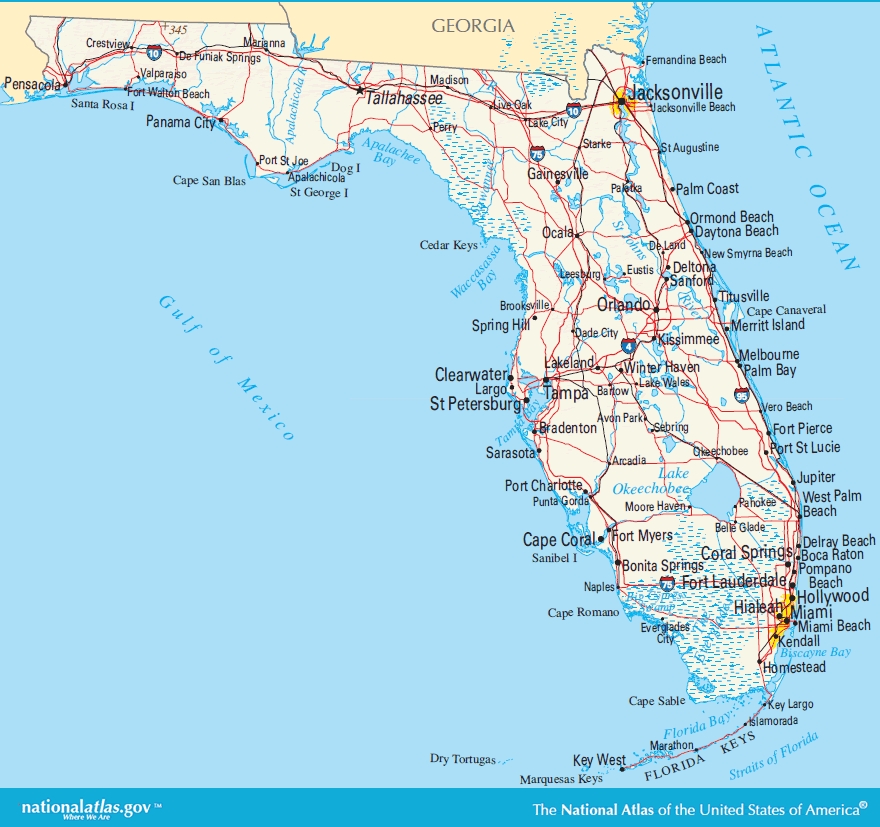By Hardy Jackson
I don’t know why I’m even bringing it up. We had a chance and we missed it. No use crying over spilled milk and all that. But being as I am retired and living smack dab in the middle of the Florida Panhandle, and looking at a building boom that makes you wonder why the rich need a tax cut ‘cause they sure aren’t running short of money as I can see, I got to thinking how all of this could be Alabama’s. But we let it, and the sand it sits on, slip through out fingers.
It was back in January, 1901. Representatives from the seven Florida counties between the Apalchicola and Perdido Rivers met in Jacksonville “for the purpose of considering ways and means of effecting the transfer of (that) territory” to Alabama. Yep, to us.
The whole thing was reported in the Atlanta Constitution, which noted that if the secession and annexation took place, some 194,000 Floridians would become Alabamians, which would give us a population of 1,928,000. Florida, or what was left of it, would have been reduced to a paltry 434,165. On top of that, by adding the Panhandle’s 10,000 square miles to Alabama, our state would have become the largest, territory-wise, east of the Mississippi!
Apparently sentiment for such a move had been growing in West Florida. A few years earlier a legislator from Escambia County had drawn up a bill that would allow Panhandle residents to vote on the issue, but East Florida interests killed the idea. But the dream did not die. Shortly before the Jacksonville meeting the Young Men’s Business League of Pensacola passed a resolution favoring annexation and other groups were joining them.
Pro-annexation arguments were simple enough. West Florida had been settled by Alabamians so family and cultural ties between the two were strong. Trade connections reinforced this kinship, for commerce to and from the region flowed north and south, not east and west. Adding the Florida folks to Alabama would increase the size of our congressional delegation, which in turn could do a better job of looking after West Florida’s coastal interests. Pensacola especially like this, for once the annexation was complete, Alabama’s steel and iron industries would make good use of that city’s harbor.
The article also noted that there were those in East Florida who would be happy enough to let the Panhandle go. Some felt that Alabama would pay enough for the privilege of annexation that Florida could retire its state debt. Others accepted the argument that Panhandle people were essentially Alabamians already so they might as well become what they were. (Implied in this was a feeling that fewer Alabamians would mean a better Florida – an early example of that look-down-the-nose-at-us attitude that became more pronounced as time went on.)
There was also talk that if the Panhandle was sent packing, then the rest of Florida could move the capital from Tallahassee – “a small town and not likely to become a large one” – to a more central, more promising location.
Meanwhile Alabama interests, aware of the prize that might be ours, had persuaded our legislature to make “an appropriation for the purpose of working up sentiment in the territory affected in favor or annexation” – nothing like fishing in troubled waters.
Then what happened? Nothing.
Instead of using energy and influence to make the Panhandle ours, Alabama leaders devoted energy and influence to stealing a couple of elections and writing the constitution that governs us today.
And what did we lose?
A cash cow, that’s what. Look at Gulf Shores and Orange Beach and multiply that 10 fold – or more. Our Redneck Rivera is their Emerald Coast, a tourist Mecca for the upscale and affluent, where second home neighborhoods spread inland, and where coastal cash registers ring and ring and ring. So valuable has property here become that St. Joe Paper Company, the Florida giant that owns over 1 million Panhandle acres has gotten out of the paper business and started developing residential and vacation communities. St. Joe is responsible for much of the construction going on around me as I write is
Today the landscape is changing so rapidly that some residents are joining in a “no-growth” resistance movement. (Friends of Old Seagrove have successfully fought off efforts to pave its dirt streets.) But little victories will not change long range trends. These are flush times in the Panhandle and the bounty of this business could have been ours.
But it isn’t. Instead we have a constitution that has put us dead last in most of the quality of life categories that can be measured.
Yep, another opportunity down the drain.
Harvey H. (“Hardy”) Jackson is Professor Emeritus of History at Jacksonville State University. He can be reached at hjackson@cableone.net.
